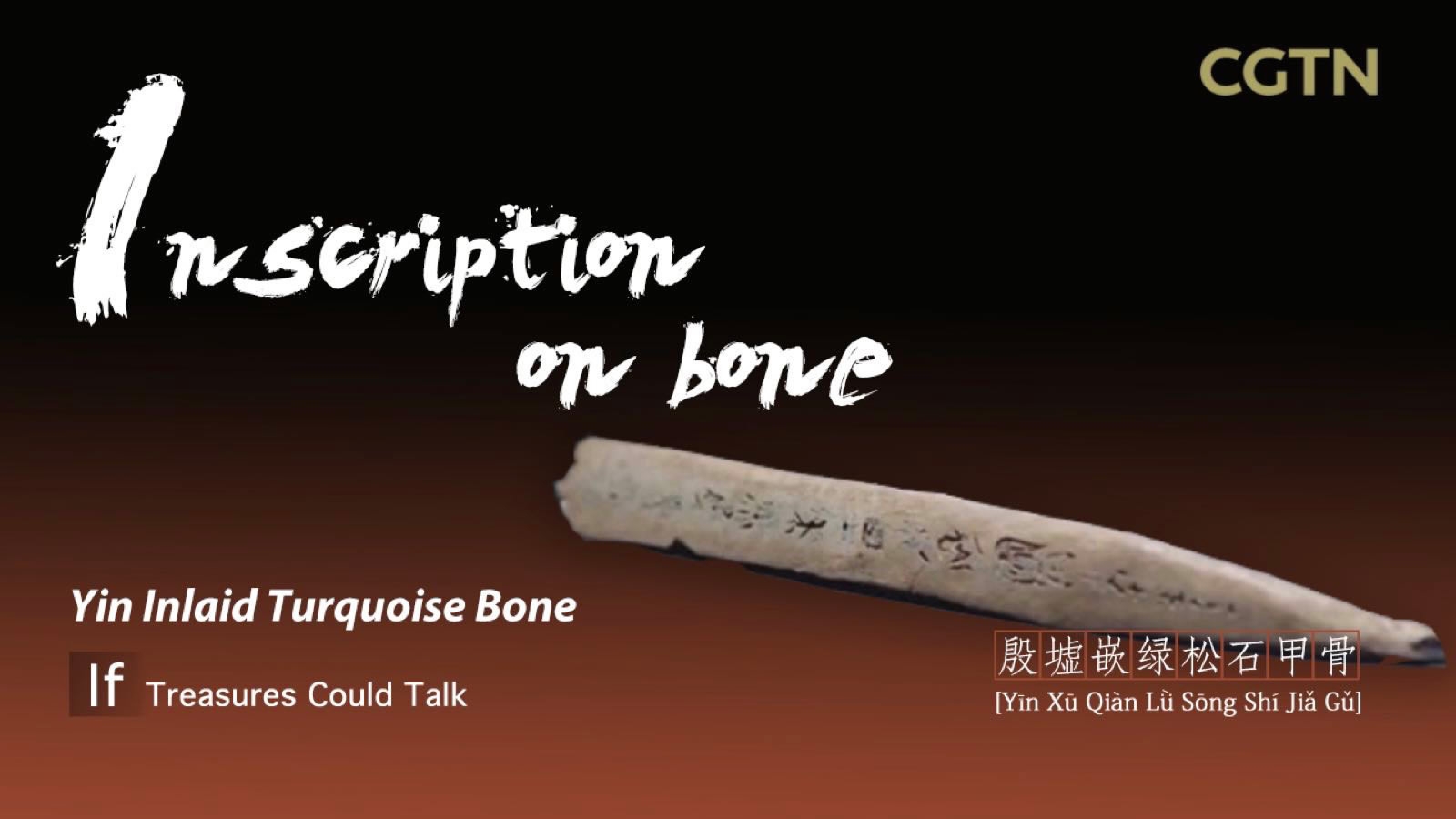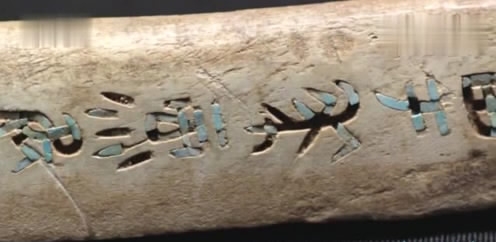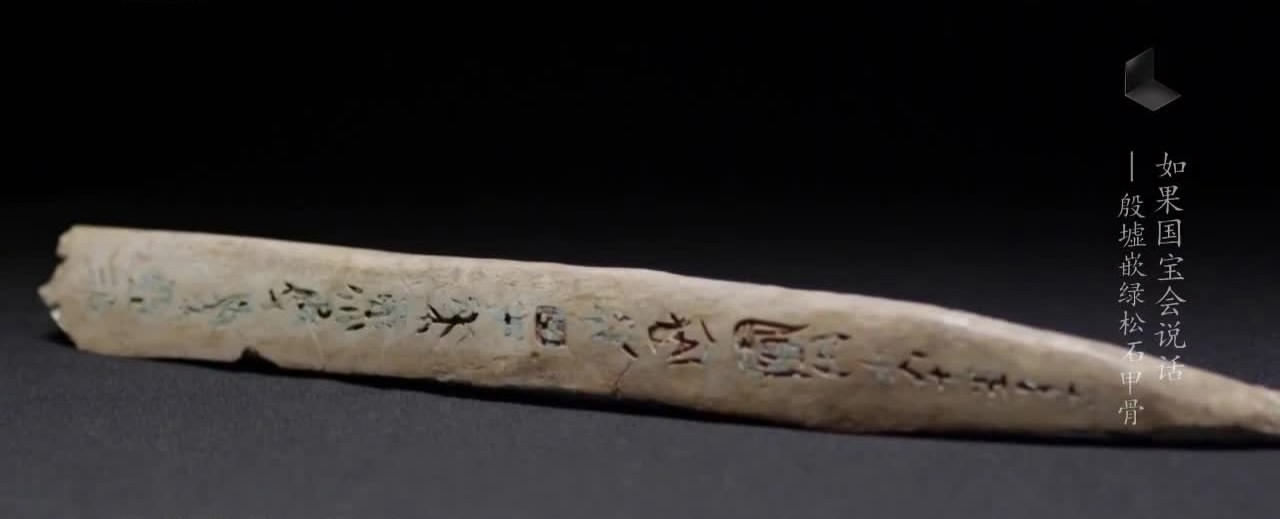
Culture
19:51, 05-Apr-2018
If Treasures Could Talk: What secrets would Yin Inlaid Turquoise Bone reveal?
CGTN

Time to check out some of China's most valuable ancient treasures. In today's "If Treasures Could Talk" special series, we present you the Yin Inlaid Turquoise Bone.
Yin was the last capital of the Shang Dynasty (1600-1100 B.C.), which ruled a large territory along the Yellow River valley during the second millennium B.C. Excavations there have yielded a trove of oracle bones, which offer a fascinating insight into the daily lives of people, 3,000 years ago.
Yin Inlaid Turquoise Bone
This is a rare oracle bone inlaid with turquoise. The carvings, also known as oracle bone inscriptions, describes a Shang king's hunting expedition. It is said hat the king went hunting at the foot of Mount Maishan, and killed a wild bull.

Yin Inlaid Turquoise Bone. /CCTV Photo
Yin Inlaid Turquoise Bone. /CCTV Photo
At the time of the Shang Dynasty, hunting served a dual purpose; as both martial exercise and ritual. The king was evidently delighted at killing such a large, aggressive prey. To celebrate, he had one of the bull's rib bones carved and made this Yin Inlaid Turquoise Bone.
Historical value of oracle bone inscriptions
By combining observation and their imagination, the Shang people created symbols describing what they saw, did, and felt. Carved onto turtle shells and bones, they were the earliest form of words.
As the oldest known mature form of writing in China, oracle bone inscriptions became a means of recording information.

Yin Inlaid Turquoise Bone. /CCTV Photo
Yin Inlaid Turquoise Bone. /CCTV Photo
Through these simple characters, emotions, knowledge, thoughts and experiences were passed from the individual to the group, and have been handed down from one generation to the next. They reflect how Chinese culture has developed. The strokes that Chinese people draw today, were once carved into bones.
Yinxu Palace, or Ruins of Yin, is one of China's oldest archaeological sites in Anyang, central China's Henan Province. As religious instruments, guarding oracle bones was a sacred duty here. In Yinxu, 4,000 different symbols have been identified, carved into 154,000 bone fragments, and 1,500 have been deciphered – enough to reconstruct a day in Shang family life.

SITEMAP
Copyright © 2018 CGTN. Beijing ICP prepared NO.16065310-3
Copyright © 2018 CGTN. Beijing ICP prepared NO.16065310-3